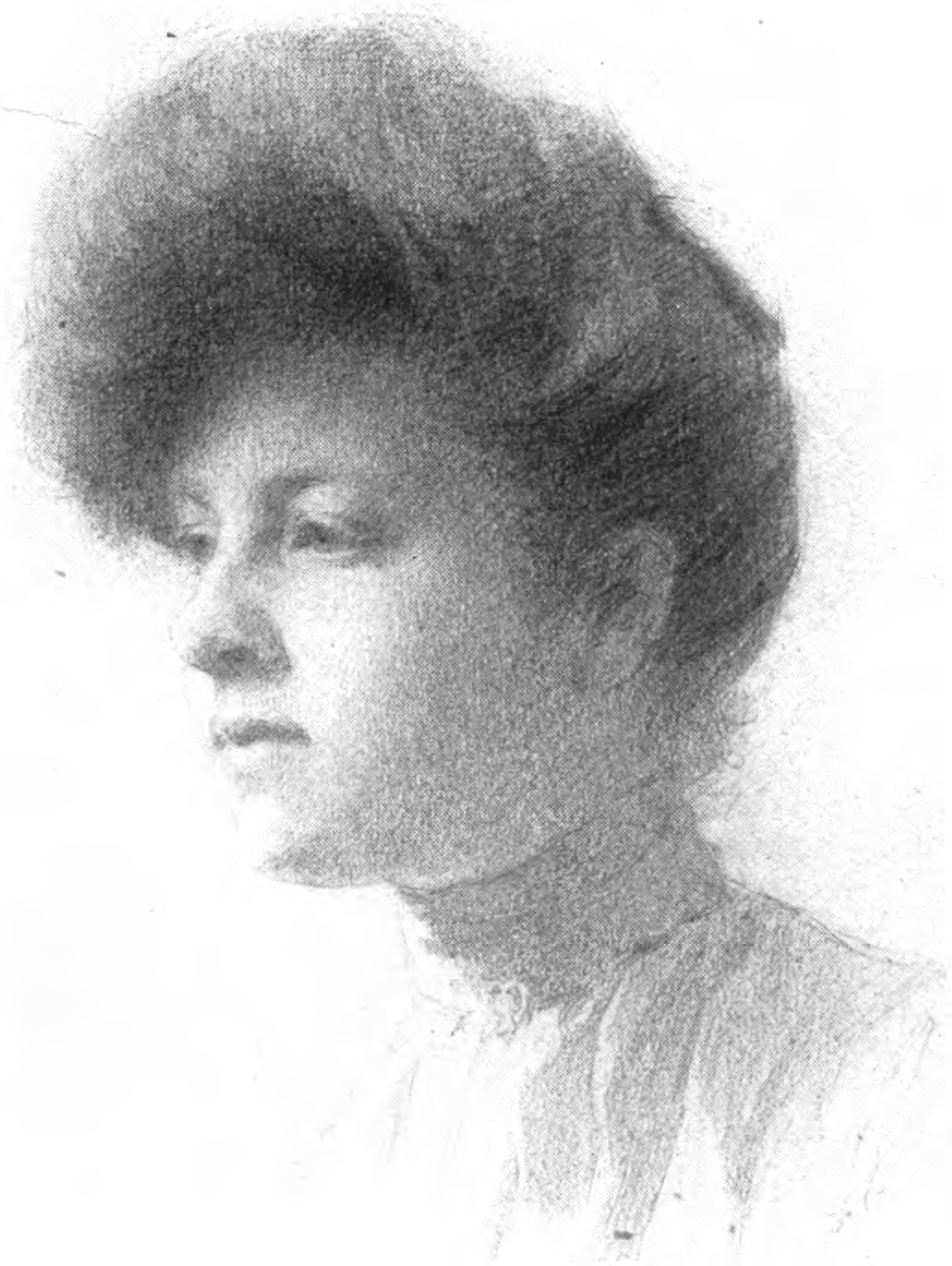----
GJ Book Club Chapter 19: Harold Speed on Procedure
// Gurney Journey
 On the GJ Book Club, we're looking at Chapter 19: "Procedure" in Harold Speed's 1917 classic The Practice and Science of Drawing.
On the GJ Book Club, we're looking at Chapter 19: "Procedure" in Harold Speed's 1917 classic The Practice and Science of Drawing.This is a short chapter, but it's crammed full of valuable pointers about the importance of intentionality in drawing. So I thought I'd pull out a few of my favorite sentences. I'll number them in case you want to refer to those points in the comments.
[James here] There's a corollary— if I have nothing in my mind when I start, I can be sure of producing nothing worthwhile.
2. "Try and see in your mind's eye the drawing you mean to do, and then try and make your hand realise it, making the paper more beautiful by every touch you give instead of spoiling it by a slovenly manner of procedure."
| Drawing by Adolph Menzel |
3. "To know what you want to do and then to do it is the secret of good style and technique."
4. "Look well at the model first; try and be moved by something in the form that you feel is fine or interesting, and try and see in your mind's eye what sort of drawing you mean to do before touching your paper."
[James here] Yes! It's a good idea to sit for a few minutes in front of your subject before you start drawing to collect your thoughts and feelings, imagine the picture you want to make, and focus your energy on how to achieve it.
5. "Be extremely careful about the first few strokes you put on your paper: the quality of your drawing is often decided in these early stages."
Yeah, but don't get nervous.
6. "It is much easier to put down a statement correctly than to correct a wrong one; so out with the whole part if you are convinced it is wrong."
You can tell from across the room (without even seeing the drawing) if an artist is doing a good a drawing by looking at their posture and their level of engagement.
4. "Look well at the model first; try and be moved by something in the form that you feel is fine or interesting, and try and see in your mind's eye what sort of drawing you mean to do before touching your paper."
[James here] Yes! It's a good idea to sit for a few minutes in front of your subject before you start drawing to collect your thoughts and feelings, imagine the picture you want to make, and focus your energy on how to achieve it.
| Drawing by Heinrich Kley. More Kleys on Muddy Colors today. |
Yeah, but don't get nervous.
6. "It is much easier to put down a statement correctly than to correct a wrong one; so out with the whole part if you are convinced it is wrong."
When I have to rub out a section and start over, I always remind myself that Sargent did that many times to get a good portrait.
7. "Do not work too long without giving your eye a little rest; a few moments will be quite sufficient.
A good reason to work standing. You're more likely to back up and look with a fresh eye.
8. "Do not go labouring at a drawing when your mind is not working."
7. "Do not work too long without giving your eye a little rest; a few moments will be quite sufficient.
A good reason to work standing. You're more likely to back up and look with a fresh eye.
8. "Do not go labouring at a drawing when your mind is not working."
You can tell from across the room (without even seeing the drawing) if an artist is doing a good a drawing by looking at their posture and their level of engagement.
 |
| Drawing by John Vanderpoel |
9. "In the final stages of a drawing or painting, when, in adding details and small refinements, it is doubly necessary for the mind to be on fire with the initial impulse, or the main qualities will be obscured and the result enfeebled by these smaller matters."
This is why doing a thumbnail can be a good thing; it reminds you of what attracted you at the beginning.
10. "The great aim of the draughtsman should be to train himself to draw cleanly and fearlessly."
11. "Let painstaking accuracy be your aim for a long time. "
12. "Try and express yourself in as simple, not as complicated a manner as possible."
13. "Every student should begin collecting reproductions of the things that interest him."
10. "The great aim of the draughtsman should be to train himself to draw cleanly and fearlessly."
11. "Let painstaking accuracy be your aim for a long time. "
12. "Try and express yourself in as simple, not as complicated a manner as possible."
13. "Every student should begin collecting reproductions of the things that interest him."
-----
The Practice and Science of Drawing is available in various formats:
1. Inexpensive softcover edition from Dover, (by far the majority of you are reading it in this format)
3. Free online Archive.org edition.
Articles on Harold Speed in the Studio Magazine The Studio, Volume 15, "The Work of Harold Speed" by A. L. Baldry. (XV. No. 69. — December, 1898.) page 151.
and The Windsor Magazine, Volume 25, "The Art of Mr. Harold Speed" by Austin Chester, page 335. (thanks, अर्जुन)
GJ Book Club on Pinterest (Thanks, Carolyn Kasper)
Original blog post Announcing the GJ Book Club
----
Shared via my feedly reader
Sent from my iPad

No comments:
Post a Comment